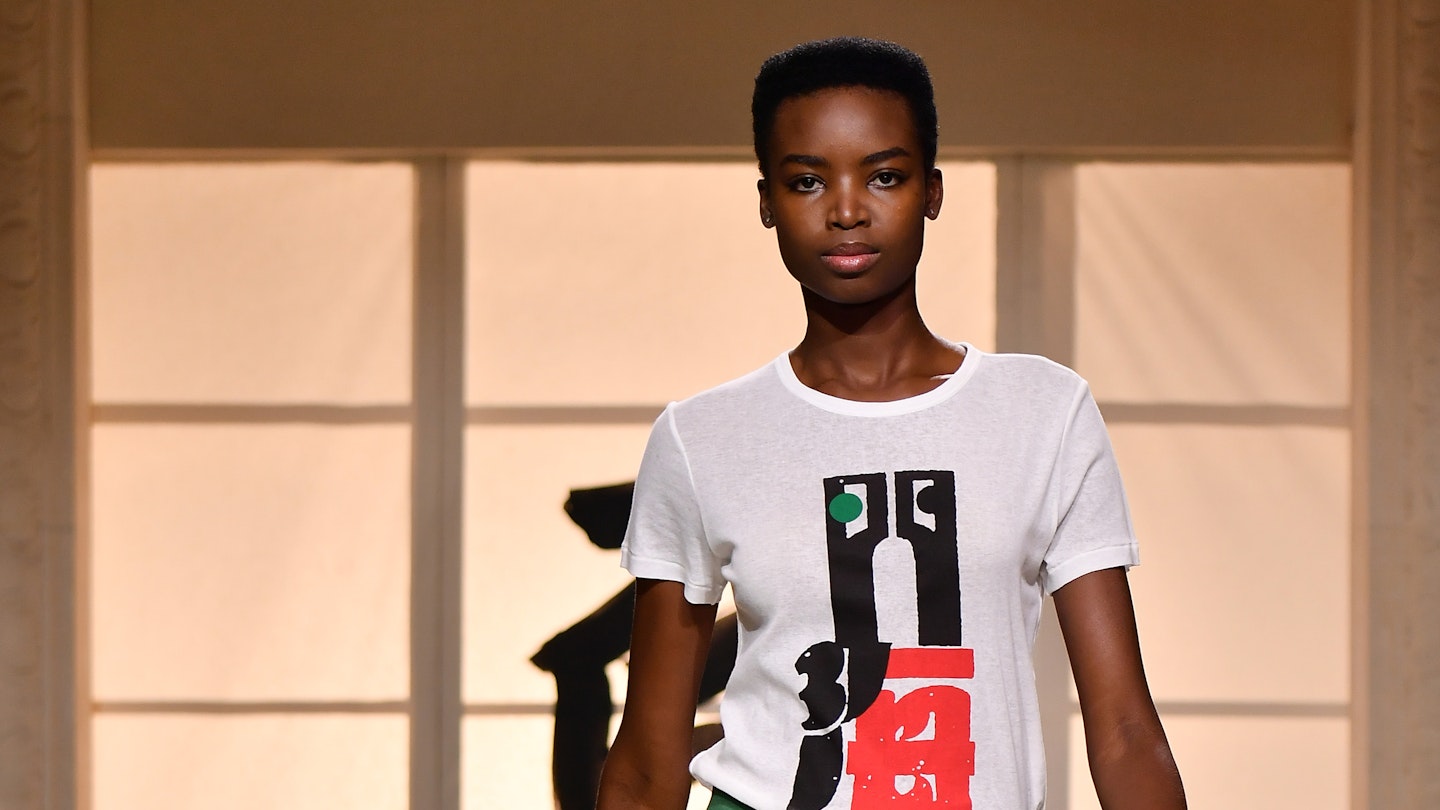The recent H&M Studio show at Paris Fashion Week heavily drew from Japanese culture. They write on their webpage: 'this spring, H&M studio draws inspiration from the urban vibe of Tokyo and the traditions of Japanese art and culture to evoke this spirit, crisp minimalism is fused with vibrant abstract prints and workwear details.'
'The look is all about strong statement colours and prints. It's relaxed and chic dresses worn with sandals and flared trousers. Minimalism meets bohemia with crispy whites, beautiful neutrals and strong primaries,' H&M Studio designer Angelica Grimborg said of the collection, continuing that: "The inspiration came on a trip to Japan and was born in the urban vibe of Tokyo, referencing the tradition of Japanese folklore."
Although done with a measure of subtlety, you can still clearly see the Japanese influence on the silhouettes as well as the patterns, which look like Japanese kanji distorted into abstract print. It raises an important question of whether the Western use of Japanese characters are always a tacky orientalist desire for exoticism?
The cultural appropriation debate often gets confused about what is and isn't an example of theft and this H&M collection is a prime opportunity to explore and establish where the line is between appropriation and appreciation.
Cultural appropriation occurs when an item is divorced from its cultural context and undermined by turning it into a frivolous costume, or rebranded as new innovation, or commercialised. Recently, Kim Kardashian's 'Bo Derek' braids were an example of this as they had their roots in the Fula people, not a Caucasian American actress.
In fashion appropriation ethnic innovations are typically copied, stripped of all reference to their origin, and sold for several times what the original group could have gotten away with. Historically this is done by simultaneously devaluing the people of their creativity as ‘ghetto’ or coming from ‘peasants’ or outright banning it as inappropriate in so-called 'serious' contexts like workplaces or schools. It is when the playing field isn’t level and those with power and privilege abuse it by discrediting the original and stealing the idea.
H&M Studios S/S18
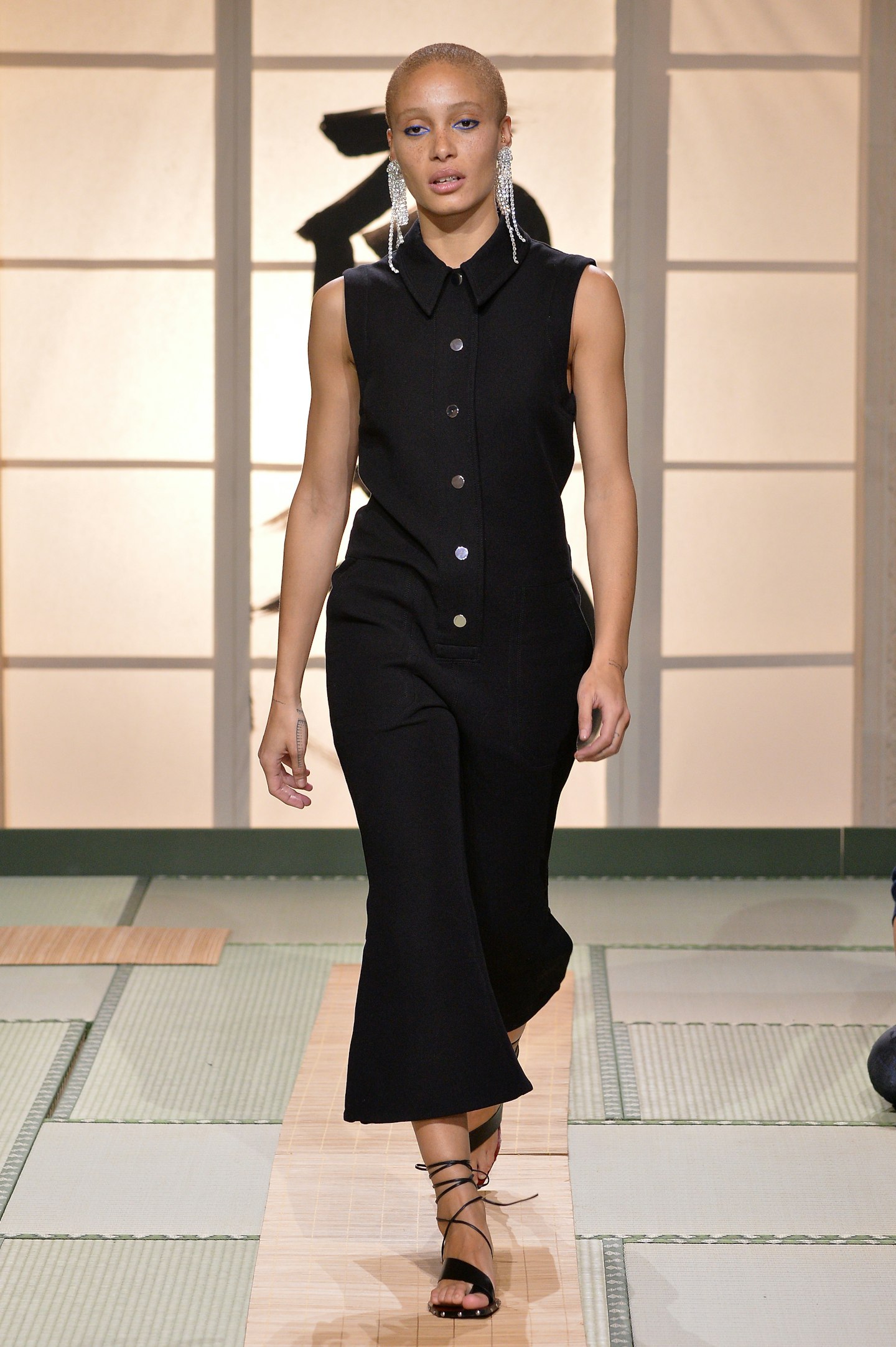 1 of 6
1 of 6H&M Spring Summer 2018
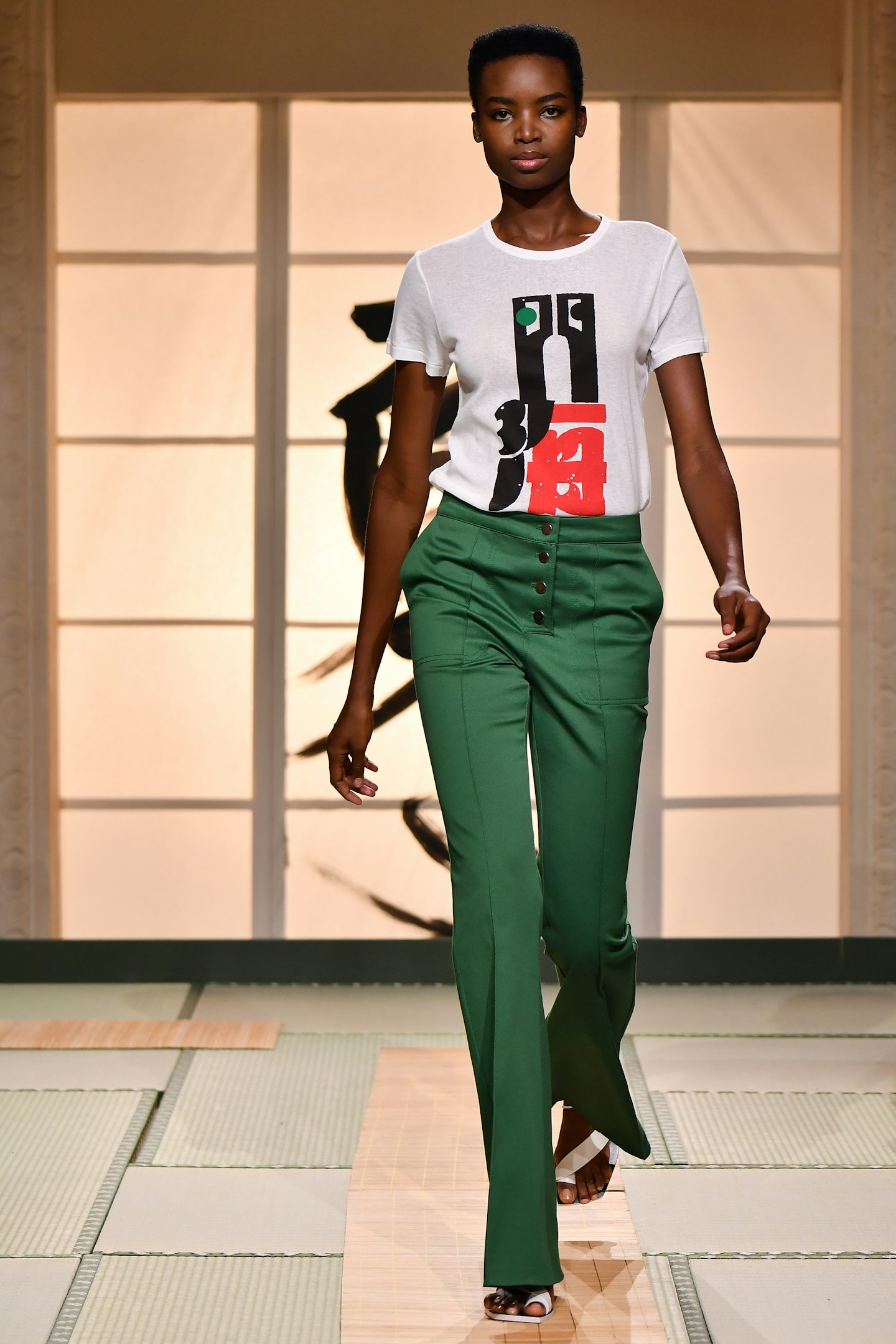 2 of 6
2 of 6H&M Spring Summer 2018
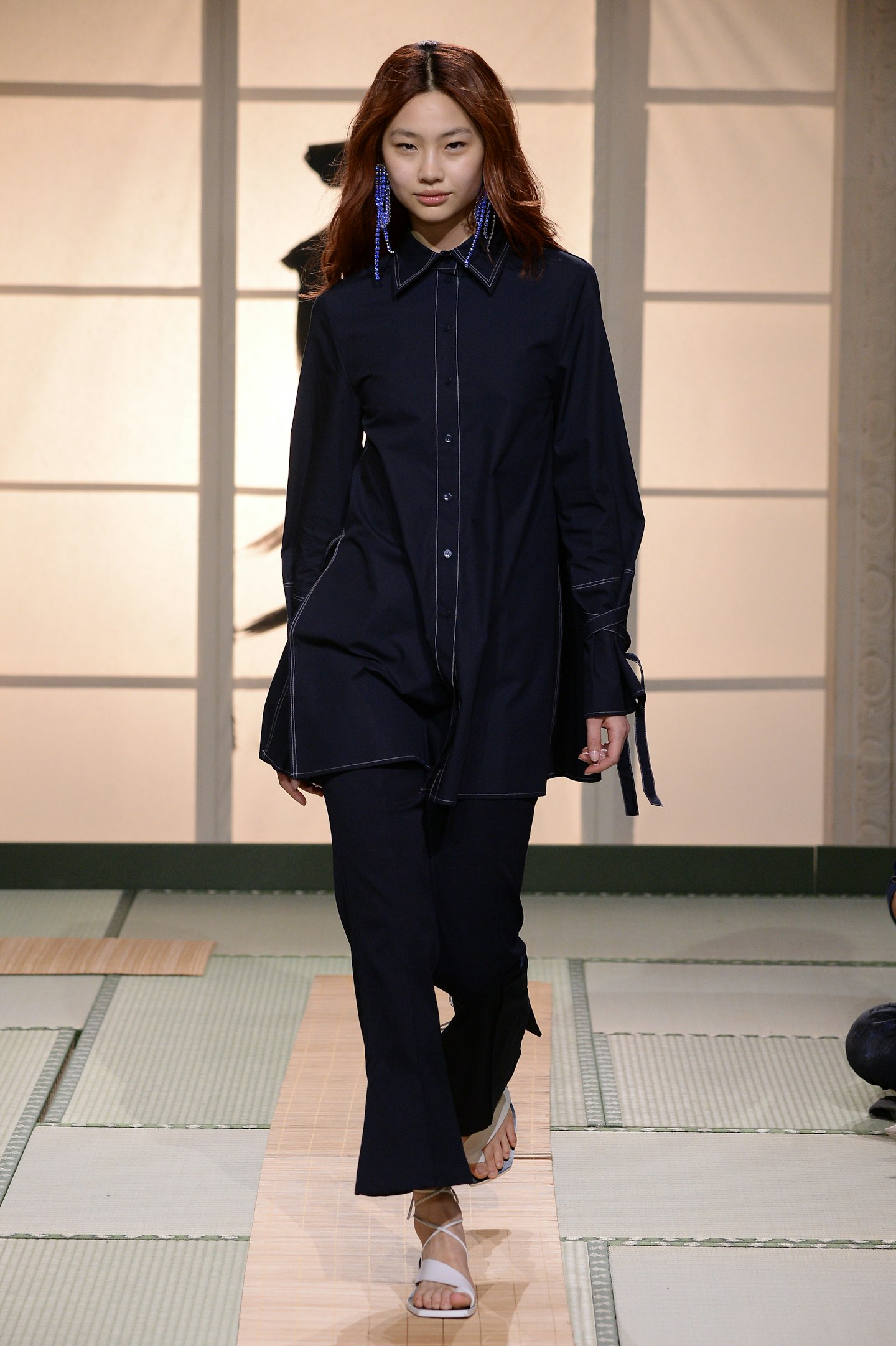 3 of 6
3 of 6H&M Spring Summer 2018
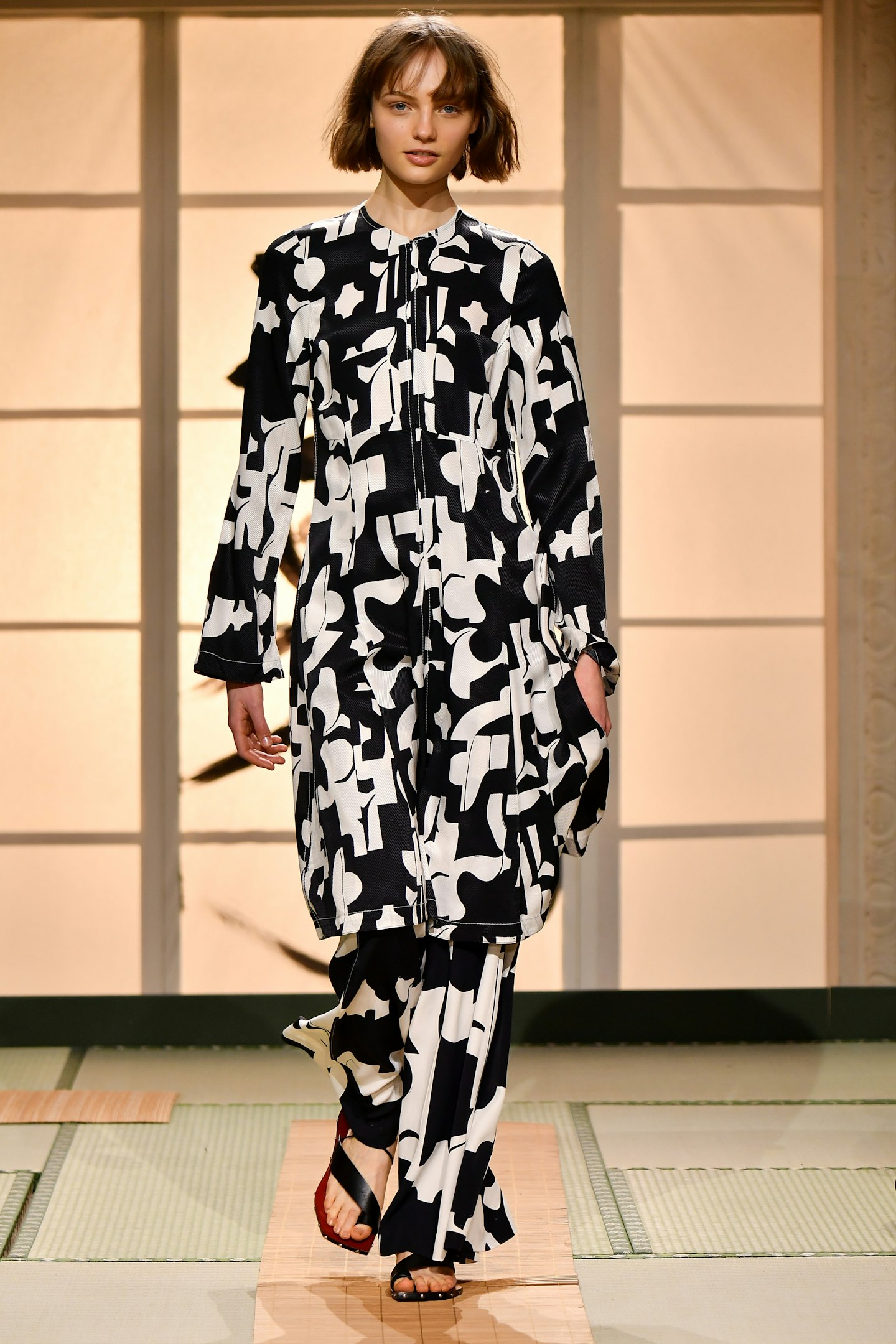 4 of 6
4 of 6H&M Spring Summer 2018
 5 of 6
5 of 6H&M Spring Summer 2018
 6 of 6
6 of 6H&M Spring Summer 2018
The beauty of the H&M catwalk was that they would not allow their audience to forget for a second where the collection drew its inspiration for their ‘See Now, Buy Now’ show. Guests were made to remove their shoes and slip into tabis, Japanese ankle socks. Paper lanterns adorned the tatami mat-lined room. Sushi, sashimi and sake were served to guests. Strawhatz performed, a group from Japan that incorporate their traditional culture into their street dance. H&M were making clear reference to their desire for a cultural mash-up done with grace. For the finale they even had cherry blossom petals falls from the ceiling.
There was no pretence that these ideas were all-original. Instead of stripping the garments from their context or burying it as a footnote, H&M took pains to actually embed the collection back into its references.
The inclusion of models of differing body sizes, genders, and ethnicities - including Japanese models – also made a strong statement. While they celebrated the inspiration they drew from the beauty of one culture, they created a range that had everyone in mind.
H&M wore their references on their sleeves. There was no theft in sight but a graceful reworking of Japanese imagination and values. This may be the future of globalised fashion. Rather than divorcing your ‘cultural inspiration’ from its pioneers, claiming it fair game and trivialising their anger, instead shaping the whole show's concept around that inspiration turns it into a true cross-cultural celebration.
The fetishization of certain cultures is a debate that might become more relevant. For now H&M leads the way in displaying that cultural appreciation is possible in fashion and that it can be done with elegance and respect.
Follow Amel on Twitter: @AmelAMukhtar
This article originally appeared on The Debrief.
